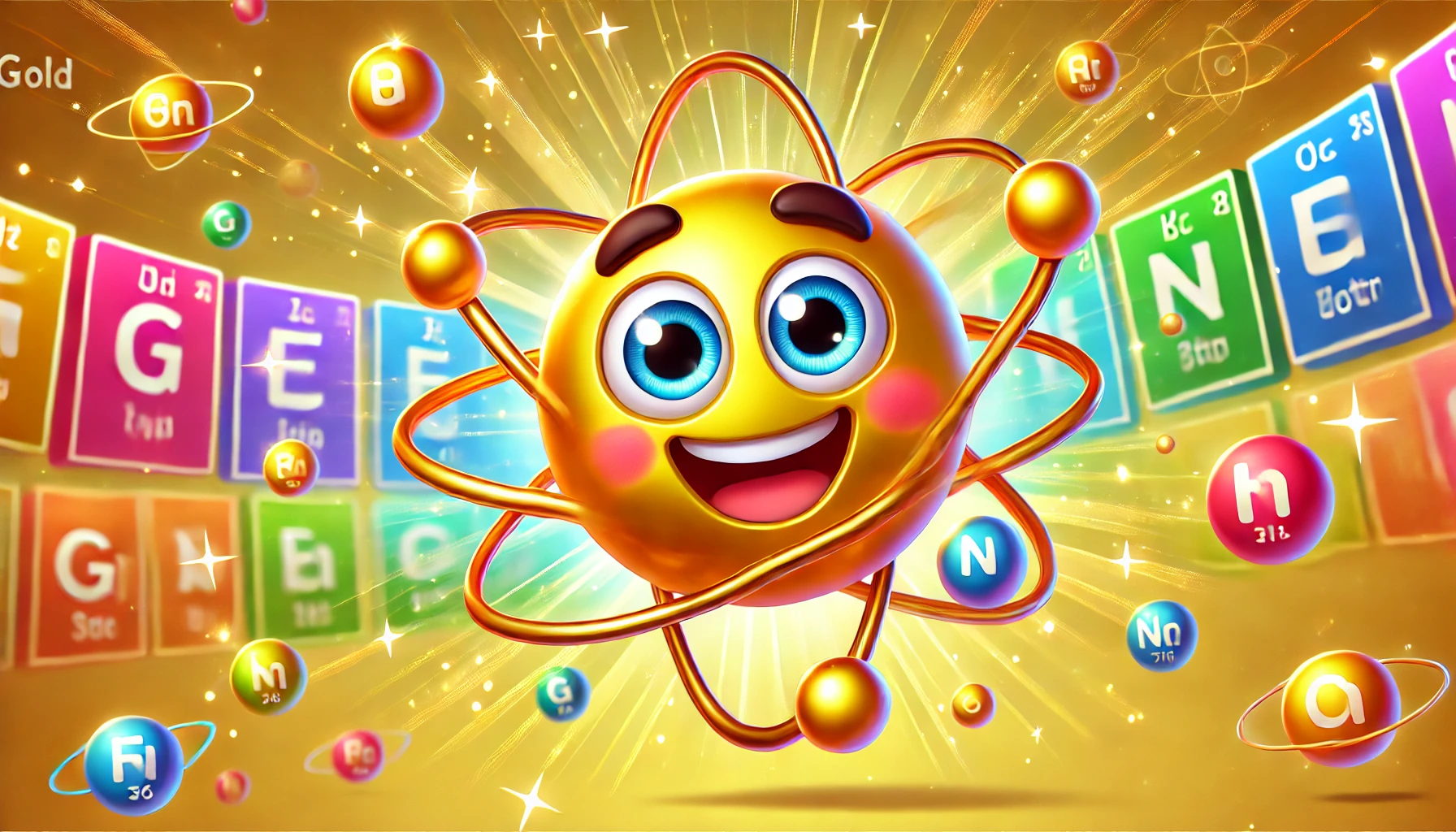Understanding Gold: Properties, Uses, Health Risks, and Fascinating Facts
Understanding Gold: Properties, Uses, Health Risks, and Fascinating Facts
Table of Contents
- Introduction to Gold
- Properties of Gold
- Uses of Gold
- Health Risks of Gold Exposure
- Interesting Facts about Gold
- Environmental Impact of Gold
- Conclusion
- References
Understanding Gold: Properties, Uses, Health Risks, and Fascinating Facts
Introduction to Gold Gold is a chemical element with the symbol Au and atomic number 79. Known for its distinctive luster and color, gold has been valued for thousands of years for its beauty, rarity, and numerous applications. This article explores the properties, uses, health risks, and interesting facts associated with gold, providing a comprehensive understanding of this precious metal.
Properties of Gold Gold is characterized by several distinct physical and chemical properties.
Physical Properties
- Appearance: Gold is a dense, malleable, and ductile metal with a bright yellow color and metallic luster.
- Density: The density of gold is 19.32 g/cm³.
- Melting Point: Gold has a melting point of 1,064°C (1,947°F).
- Boiling Point: The boiling point of gold is 2,970°C (5,378°F).
Chemical Properties
- Reactivity: Gold is highly resistant to corrosion and oxidation, making it one of the most non-reactive metals.
- Compounds: Gold forms various compounds, such as gold chloride (AuCl₃) and gold cyanide (Au(CN)₂).
Uses of Gold Gold has numerous applications across different industries due to its unique properties.
Jewelry and Decoration
- Jewelry: Gold is highly valued in the jewelry industry for its luster, rarity, and workability. It is used to make rings, necklaces, bracelets, and other decorative items.
- Art and Decoration: Gold leaf is used in art, decoration, and gilding to provide a luxurious finish to various objects and surfaces.
Finance and Investment
- Currency: Gold has historically been used as a form of currency and is still held by central banks as part of their reserves.
- Investment: Gold is considered a safe-haven investment and is commonly traded in the form of bullion, coins, and exchange-traded funds (ETFs).
Electronics
- Conductivity: Gold is used in electronic components due to its excellent conductivity and resistance to corrosion. It is found in connectors, switches, and other critical parts of electronic devices.
Medicine
- Dental Applications: Gold alloys are used in dentistry for crowns, bridges, and orthodontic appliances due to their biocompatibility and durability.
- Medical Treatments: Gold compounds, such as gold sodium thiomalate, are used in the treatment of certain medical conditions, including rheumatoid arthritis.
Aerospace and Technology
- Aerospace: Gold is used in the aerospace industry to coat spacecraft components, providing protection against radiation and extreme temperatures.
- Nanotechnology: Gold nanoparticles are used in various scientific and medical research applications, including drug delivery systems and diagnostic tests.
Health Risks of Gold Exposure While gold itself is generally considered to have low toxicity, exposure to gold compounds can pose health risks.
Inhalation and Ingestion
- Respiratory Issues: Inhalation of gold dust or fumes can cause respiratory irritation, coughing, and shortness of breath.
- Gastrointestinal Issues: Ingestion of gold compounds can cause gastrointestinal distress, including nausea, vomiting, and abdominal pain.
Skin and Eye Contact
- Skin Irritation: Direct contact with gold compounds can cause skin irritation and dermatitis.
- Eye Irritation: Exposure to gold dust or solutions can cause eye irritation and potential damage.
Chronic Exposure
- Organ Effects: Prolonged exposure to gold compounds may affect the liver, kidneys, and other organs. Some gold compounds used in medical treatments can cause side effects such as rashes, mouth sores, and kidney damage.
Interesting Facts about Gold Gold has several intriguing aspects that make it an interesting element.
Historical Significance
- Ancient Uses: Gold has been used by various civilizations for thousands of years for jewelry, currency, and decorative purposes. Ancient Egyptians, for example, considered gold to be the skin of the gods.
Unique Properties
- Malleability and Ductility: Gold is one of the most malleable and ductile metals. One gram of gold can be beaten into a sheet covering nearly a square meter.
- Non-Tarnishing: Gold does not tarnish or corrode, which is why it remains shiny and beautiful over time.
Isotopes
- Stable Isotope: Gold has one naturally occurring stable isotope, gold-197.
- Radioactive Isotopes: Several radioactive isotopes of gold are known, including gold-198, which is used in medical treatments and research.
Environmental Impact of Gold Gold mining and extraction can have significant environmental impacts, and responsible practices are essential.
Natural Occurrence
- Abundance: Gold is relatively rare in the Earth’s crust and is typically found in veins, alluvial deposits, and ores.
- Mining: Gold extraction involves methods such as panning, sluicing, and using cyanide leaching, which can have environmental consequences.
Industrial Waste
- Waste Management: Proper disposal and management of waste from gold mining and processing are crucial to prevent environmental contamination, particularly from toxic chemicals used in extraction.
Conclusion Understanding gold, its properties, uses, health risks, and interesting facts provides valuable insight into this precious metal. While gold has several important applications, particularly in jewelry, electronics, and medicine, appropriate safety measures should be taken when handling gold compounds. Its applications in finance, technology, and aerospace highlight its enduring value and importance in modern society.

<ⓒ WizardMedics (wizardmedics.com)>






